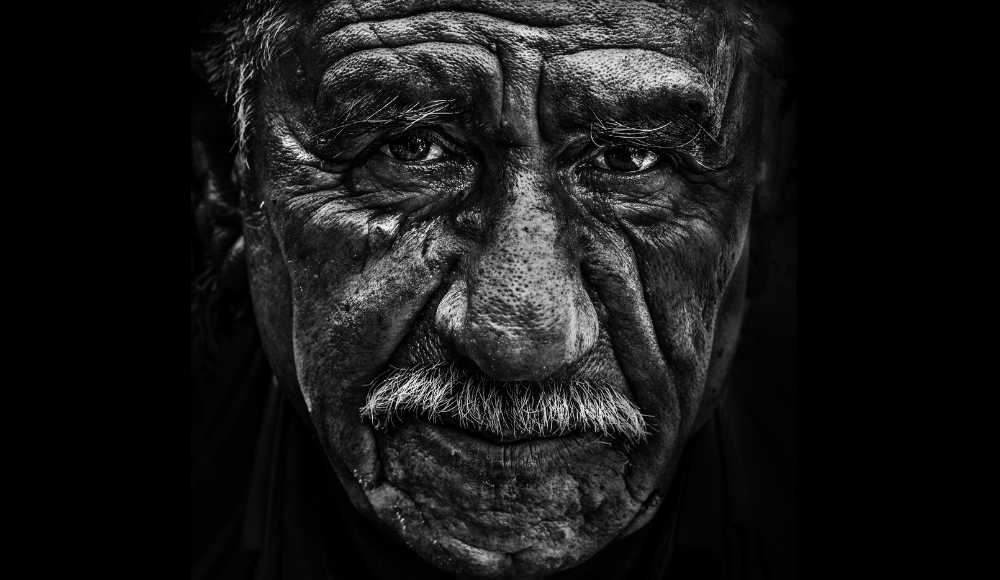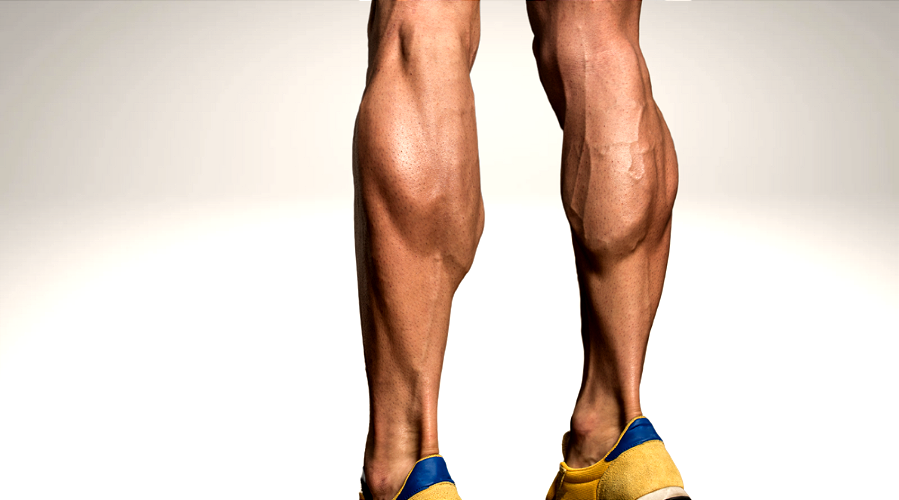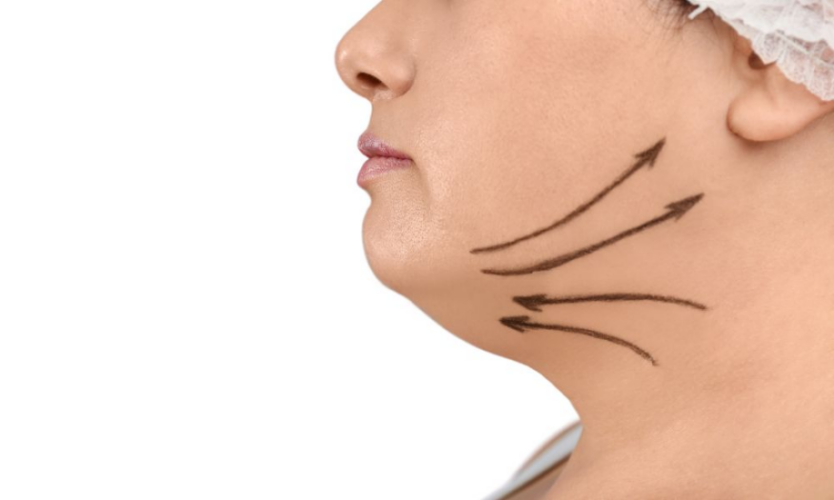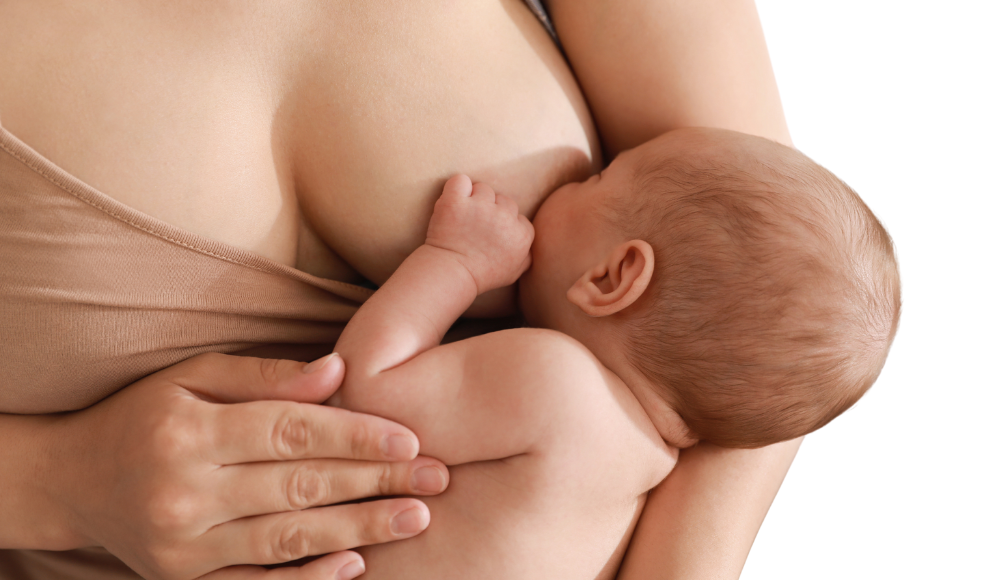Facial ageing is a multifaceted process driven by complex physiological and anatomical changes that transpire over time. Understanding the nuances of these changes is crucial for fields ranging from dermatology to cosmetic surgery, as it assists in developing effective strategies for anti-ageing interventions and treatments.
At the core of facial ageing lies a dynamic interplay between intrinsic factors, such as genetics and biological processes, and extrinsic factors like sun exposure, lifestyle, and environmental influences. These elements collectively contribute to the progression of structural and functional alterations within the skin and underlying facial tissues.
The detailed study of the anatomy of facial ageing encompasses an examination of the epidermis, dermis, and the subcutaneous layers, along with the underlying musculature, adipose tissues, and skeletal structures. Physiology, in this context, delves into the cellular and molecular mechanisms that drive age-related transformations, such as collagen degradation, elastin fragmentation, and the reduction in hyaluronic acid production.
Clinically, facial ageing is manifested through a variety of signs including fine lines, wrinkles, loss of skin elasticity, volume loss, and changes in facial contour and texture. These visible changes can profoundly impact an individual’s appearance and, consequently, their psychosocial well-being.
In this exploration, we will delve into the anatomical and physiological underpinnings of facial ageing, offering a comprehensive overview of the key processes and changes that occur. By advancing our understanding of these mechanisms, we not only enhance our ability to treat and manage the signs of ageing but also gain insights into innovative approaches for promoting healthy ageing.
This foundational knowledge serves as a cornerstone in the realm of healthcare and cosmetic sciences, paving the way for breakthroughs that aim to mitigate the effects of time and enhance the quality of life.
The anatomy and physiology of facial ageing involves a complex interplay of changes across multiple tissue layers: skin, fat, muscle, and bone.
Here’s a structured breakdown :
1. Skin Changes (Epidermis & Dermis)
Thinning of the epidermis: Reduced cell turnover leads to a dull, fragile skin surface.
Loss of collagen & elastin in the dermis:
Decreased tensile strength and elasticity.
Wrinkles and sagging occur due to collagen fragmentation and elastin degeneration.
Reduced hydration & sebum production: Skin becomes dry, less supple.
Pigmentation changes: Uneven melanin distribution causes age spots or hyperpigmentation.
2. Subcutaneous Fat (Fat Pads)
Fat redistribution: Superficial and deep facial fat compartments shrink, descend, or hypertrophy with age.
Midface deflation: Loss of volume in the cheeks (malar fat pad) leads to a hollow or sunken appearance.
Formation of nasolabial folds, jowls: Due to descent of fat and ligamentous laxity.
3. Muscular Changes
Muscle tone decreases: Facial muscles like orbicularis oculi and platysma become lax, contributing to wrinkling and neck bands.
Hyperactivity in some muscles: Causes expression lines like frown lines (glabellar), crow’s feet, and forehead lines.
4. Skeletal Remodeling (Facial Bones)
Bone resorption: Maxilla, mandible, and orbital rim undergo resorption.
Result:
- Loss of structural support for soft tissues.More prominent eye sockets, flatter cheeks, and smaller jawlines.
5. Ligamentous Laxity
Facial retaining ligaments (e.g., zygomatic, mandibular) stretch over time.
Causes:
- Loss of support for overlying soft tissues.
- Sagging in midface and jawline.
6. Neurological Factors
Though less prominent, aging may also affect facial nerve conduction subtly, influencing muscle control and tone over time.
Changes by Layer:
| Tissue Layer | Ageing Changes |
|---|---|
| Skin | Thinner, wrinkled, pigmented, dry |
| Fat | Volume loss, descent, shifting of fat pads |
| Muscle | Weakness, laxity, dynamic wrinkles |
| Bone | Resorption, loss of contour and projection |
| Ligaments | Laxity, sagging of soft tissues |






